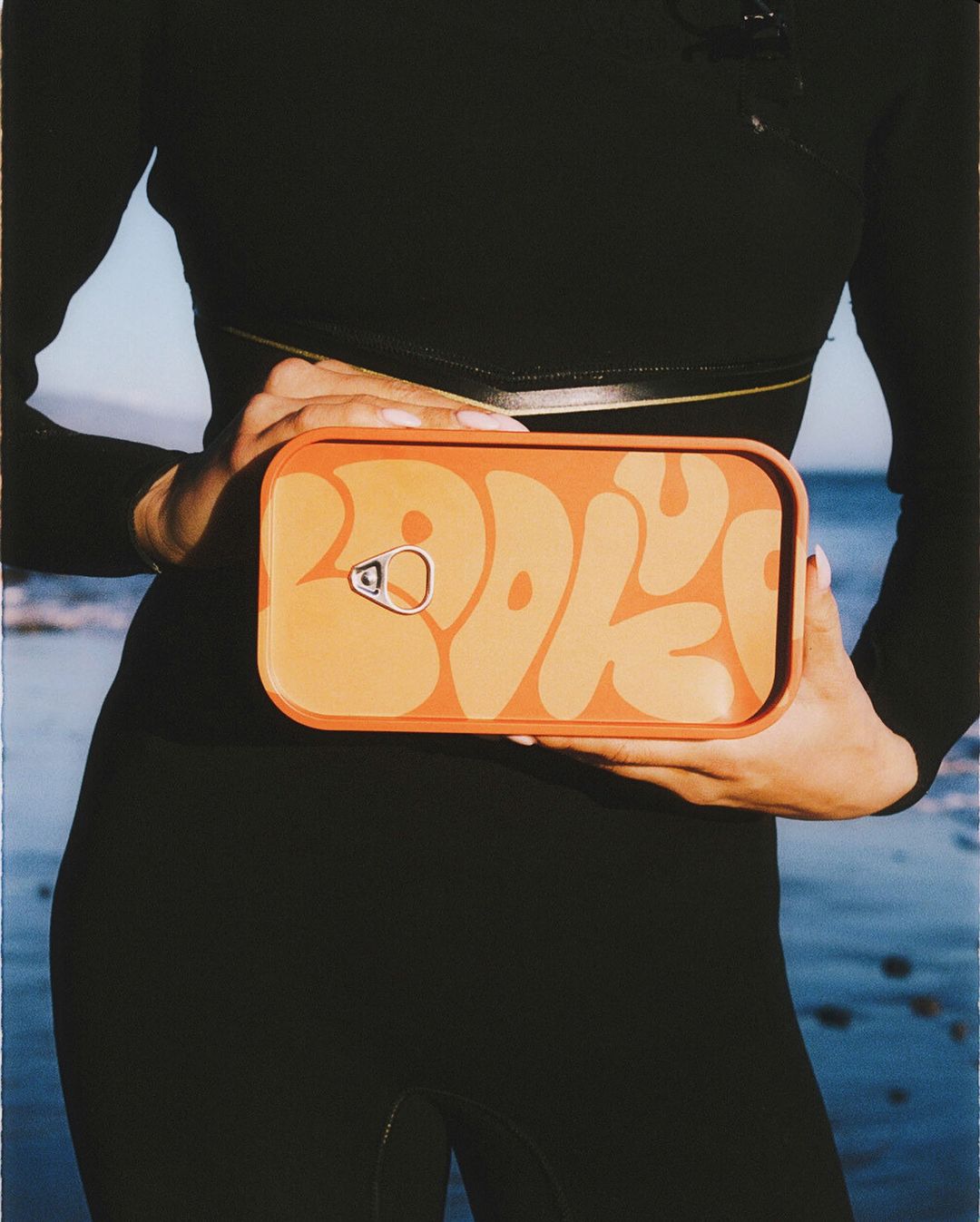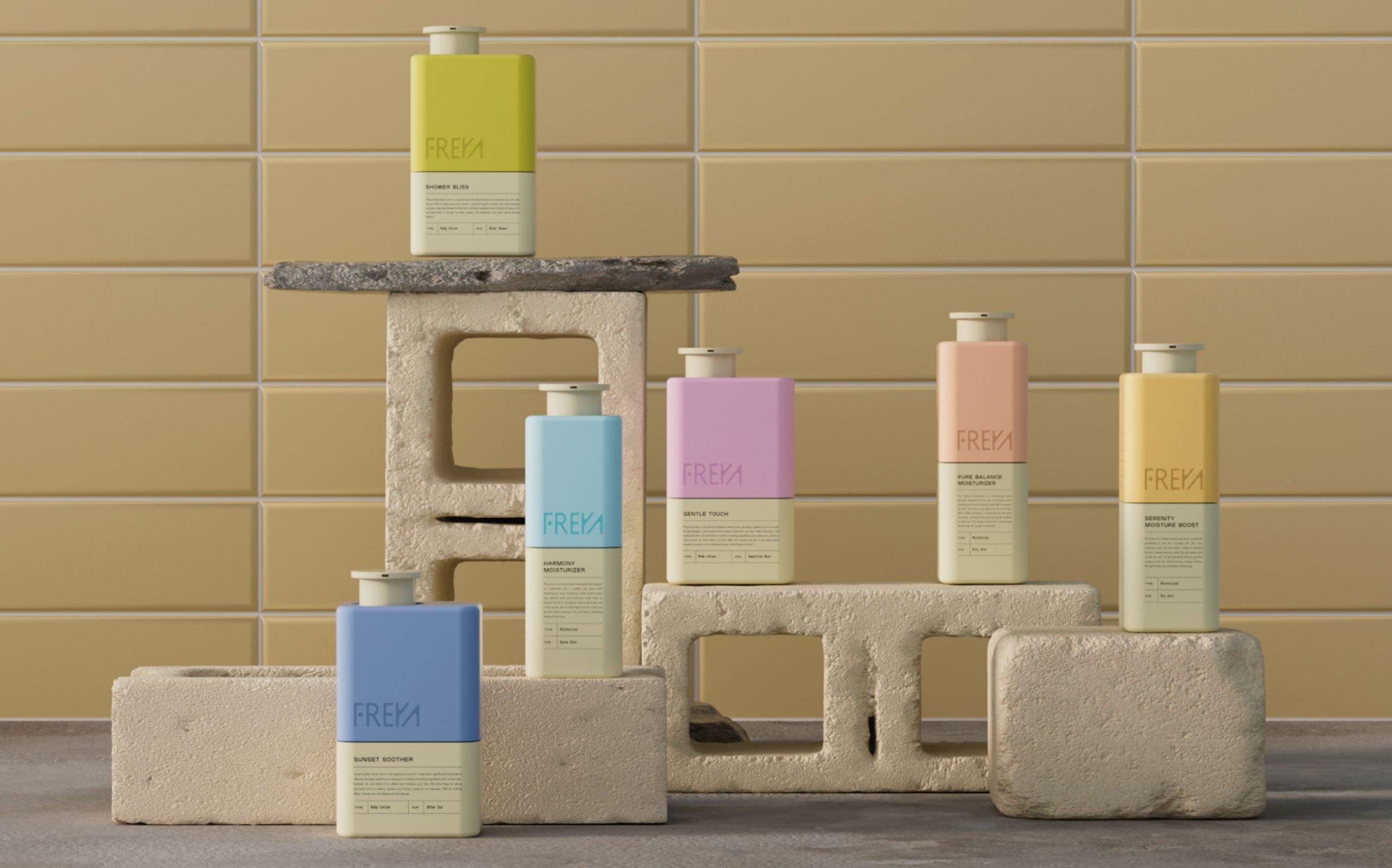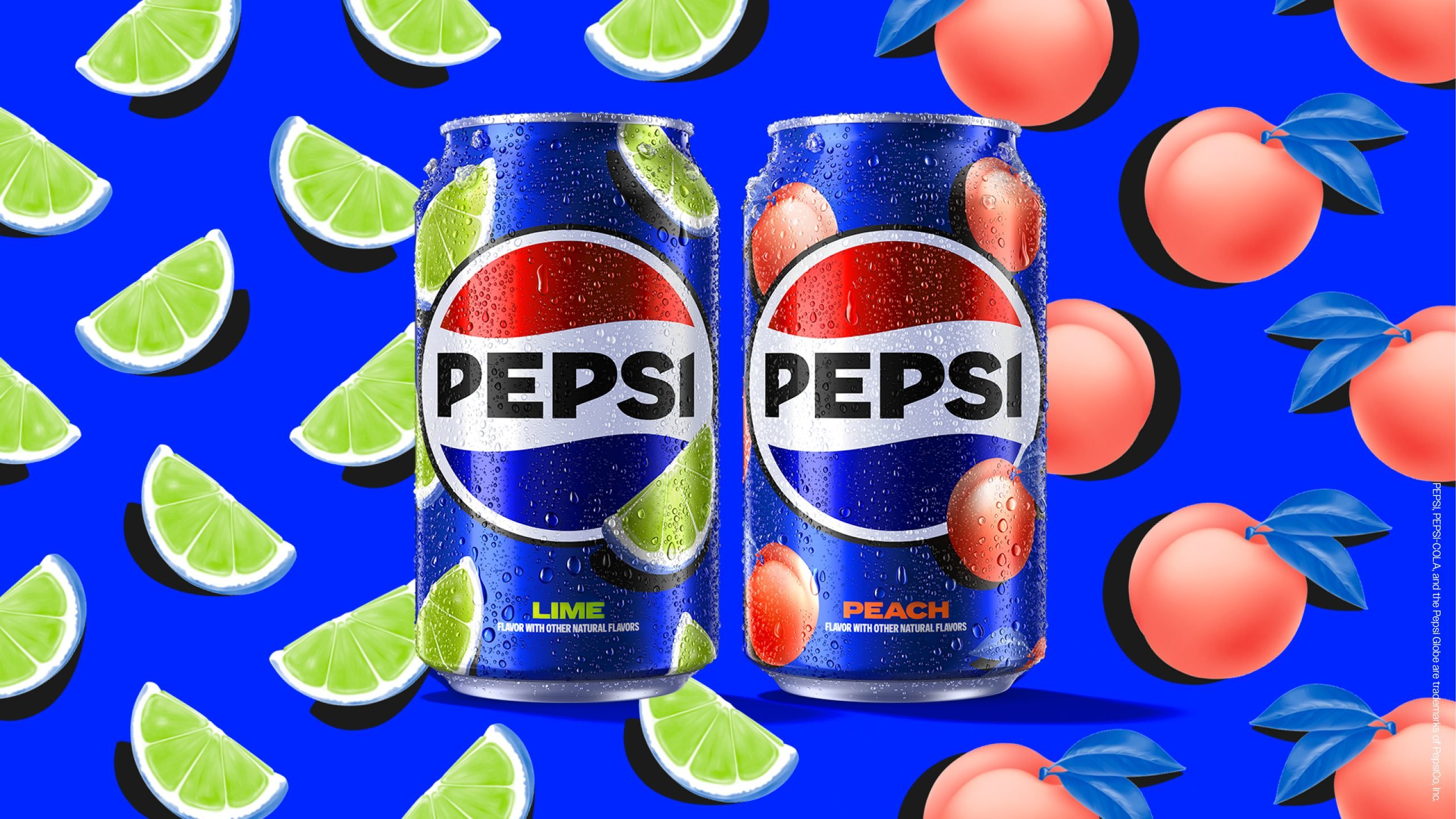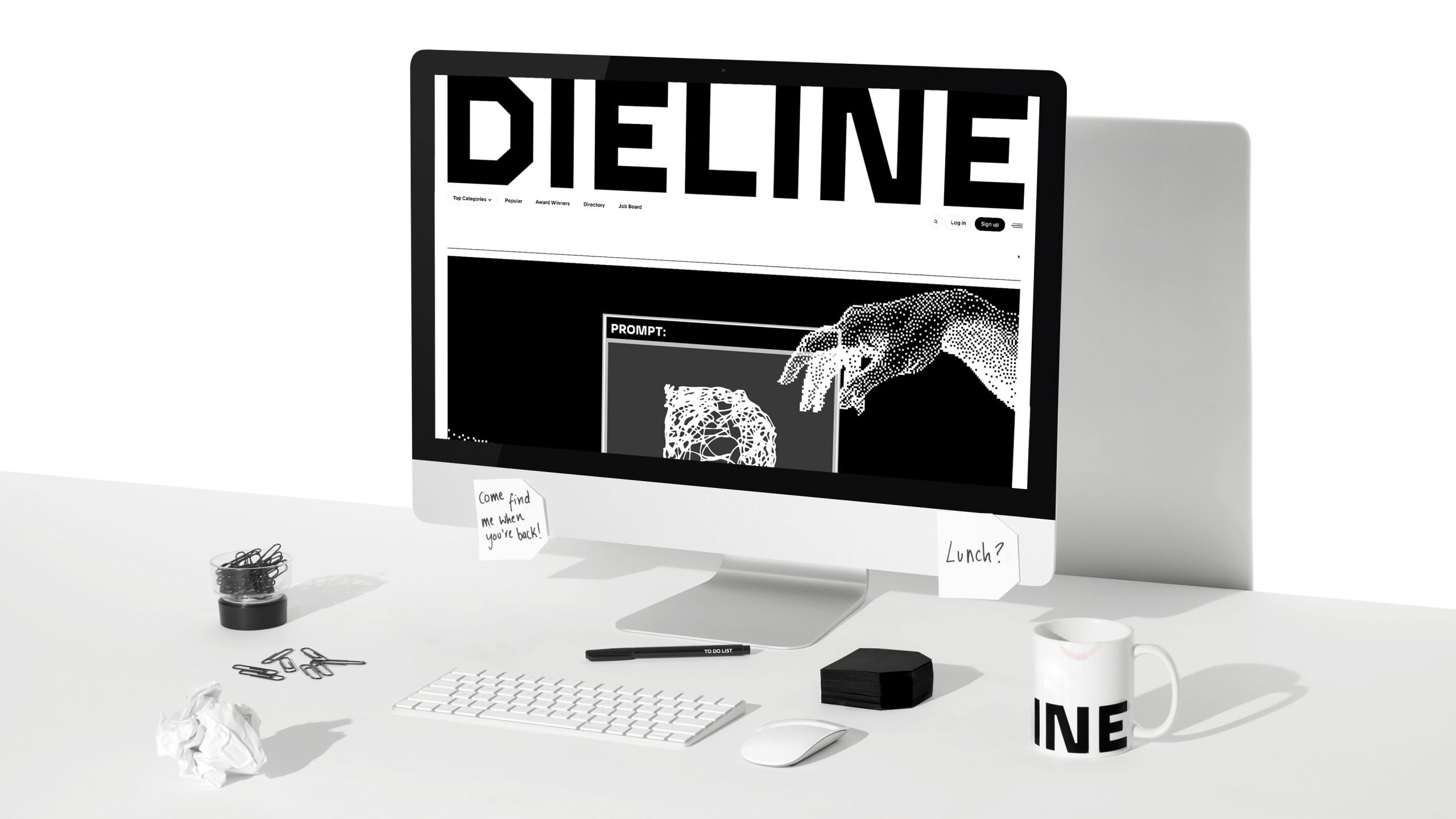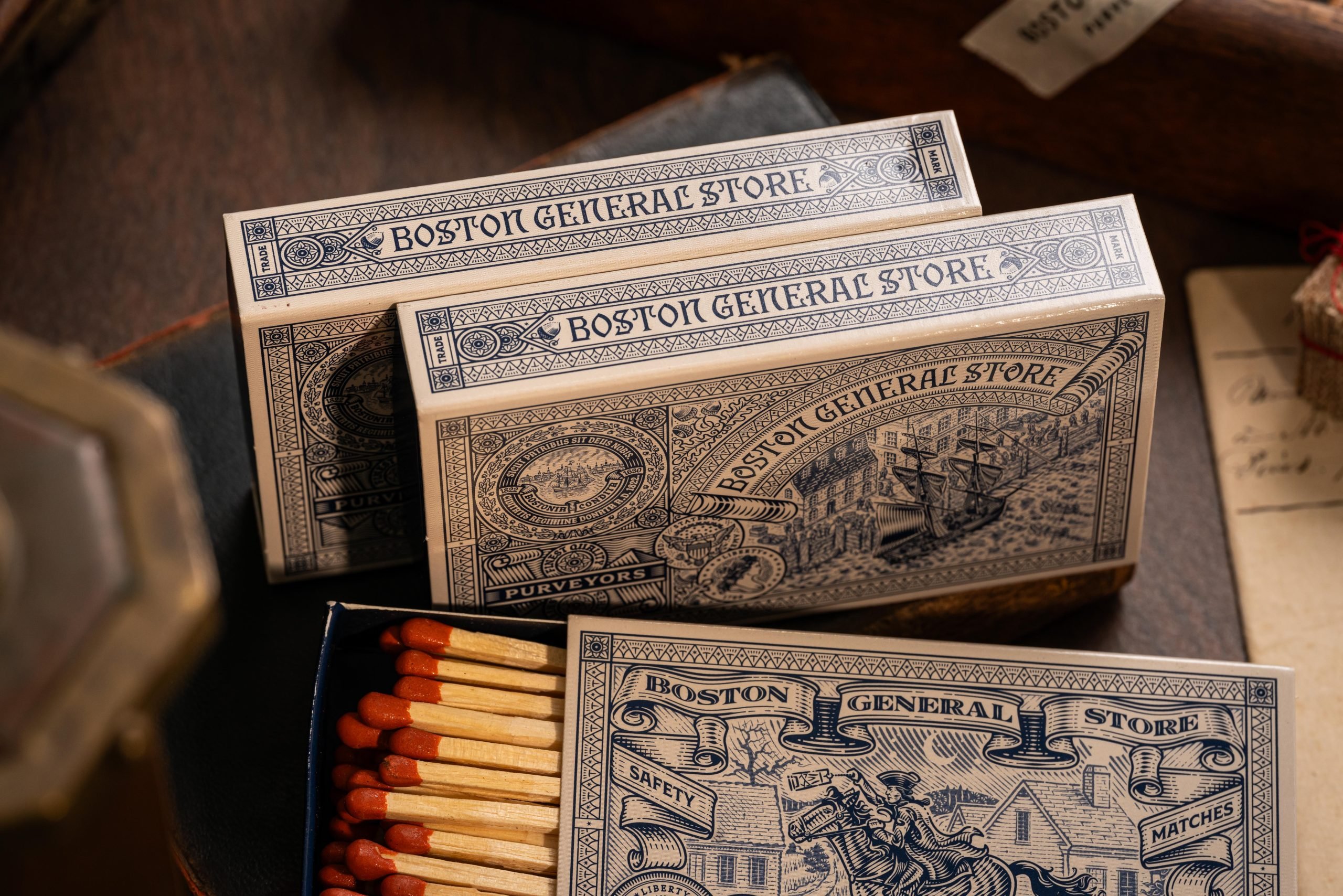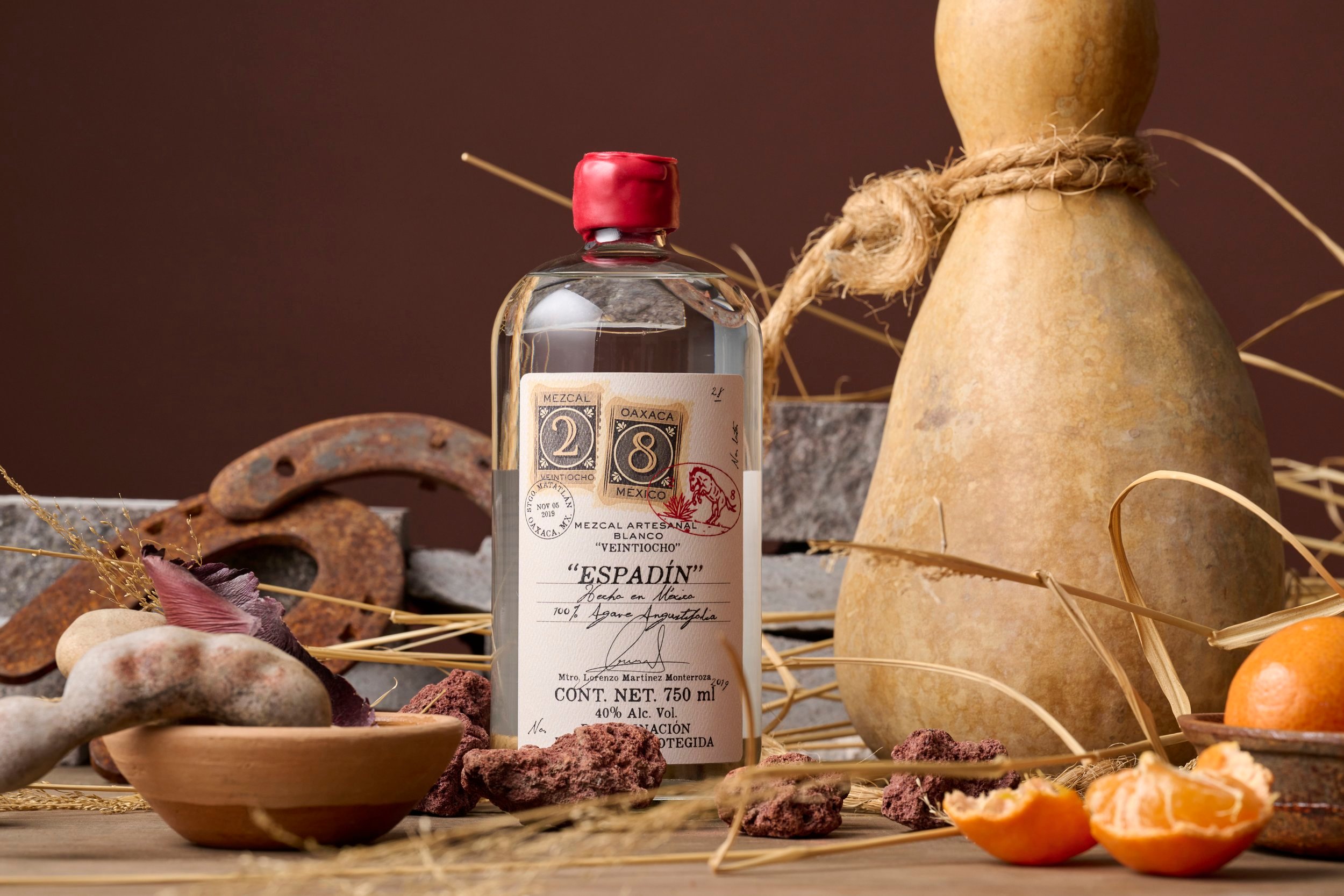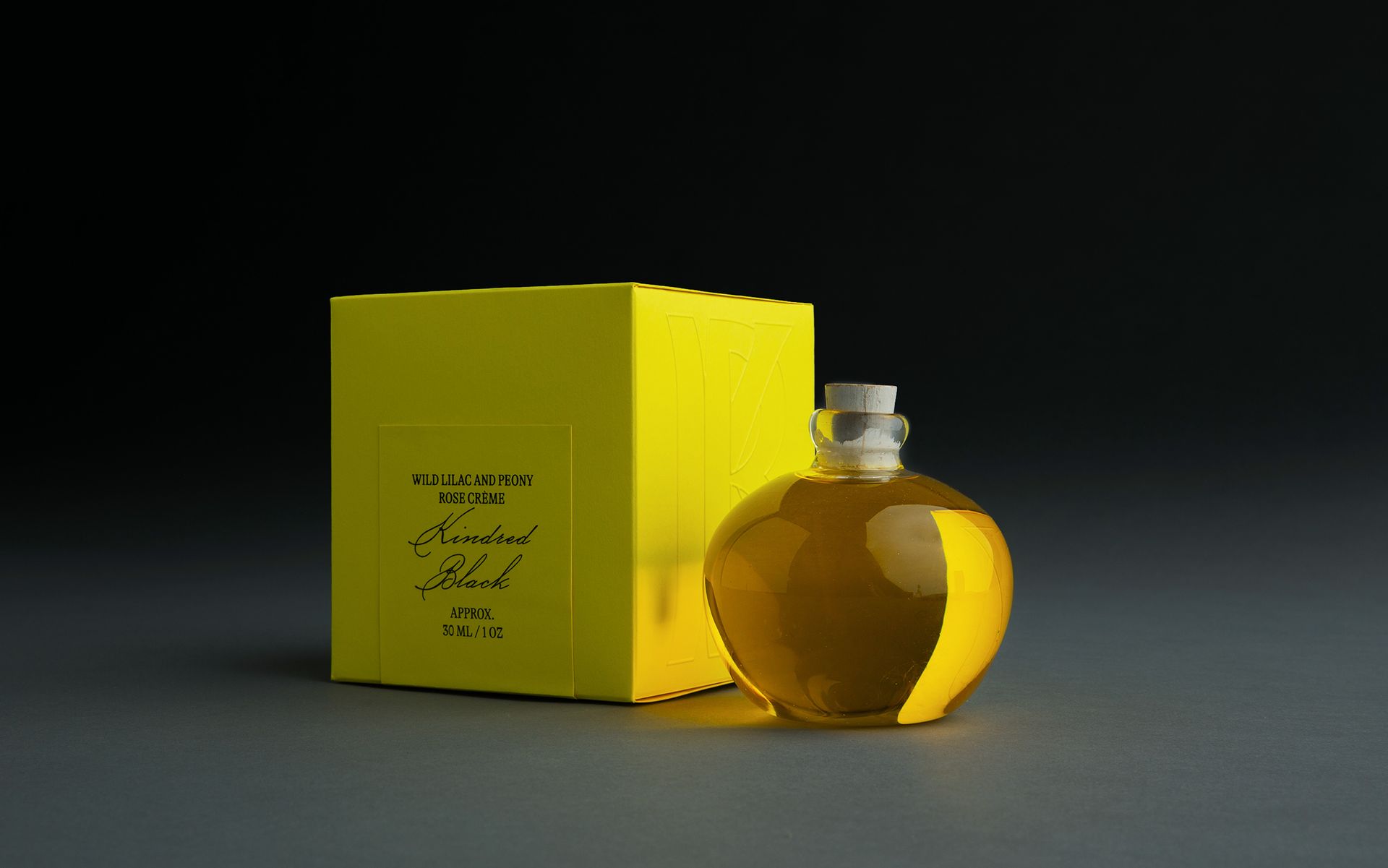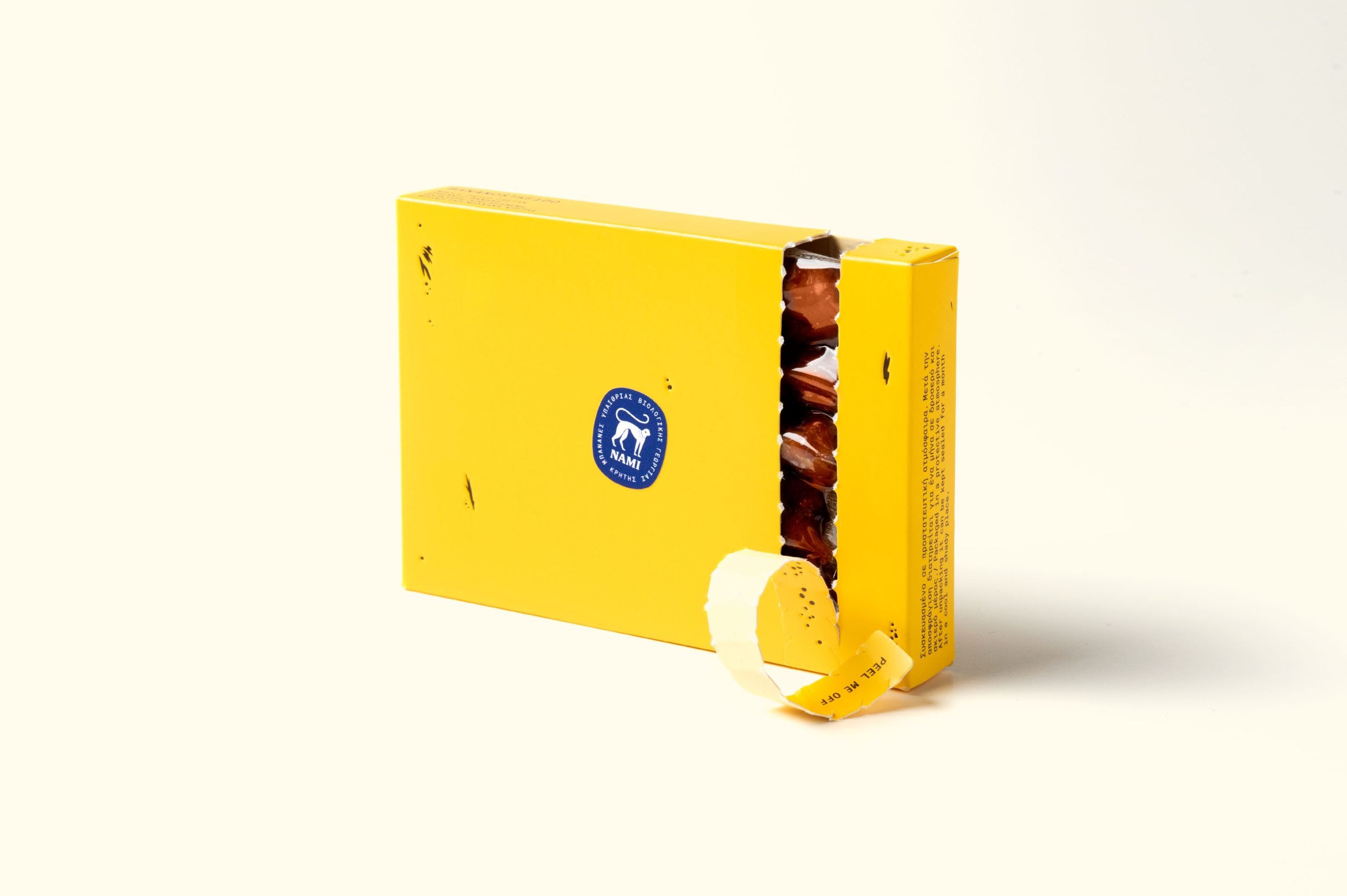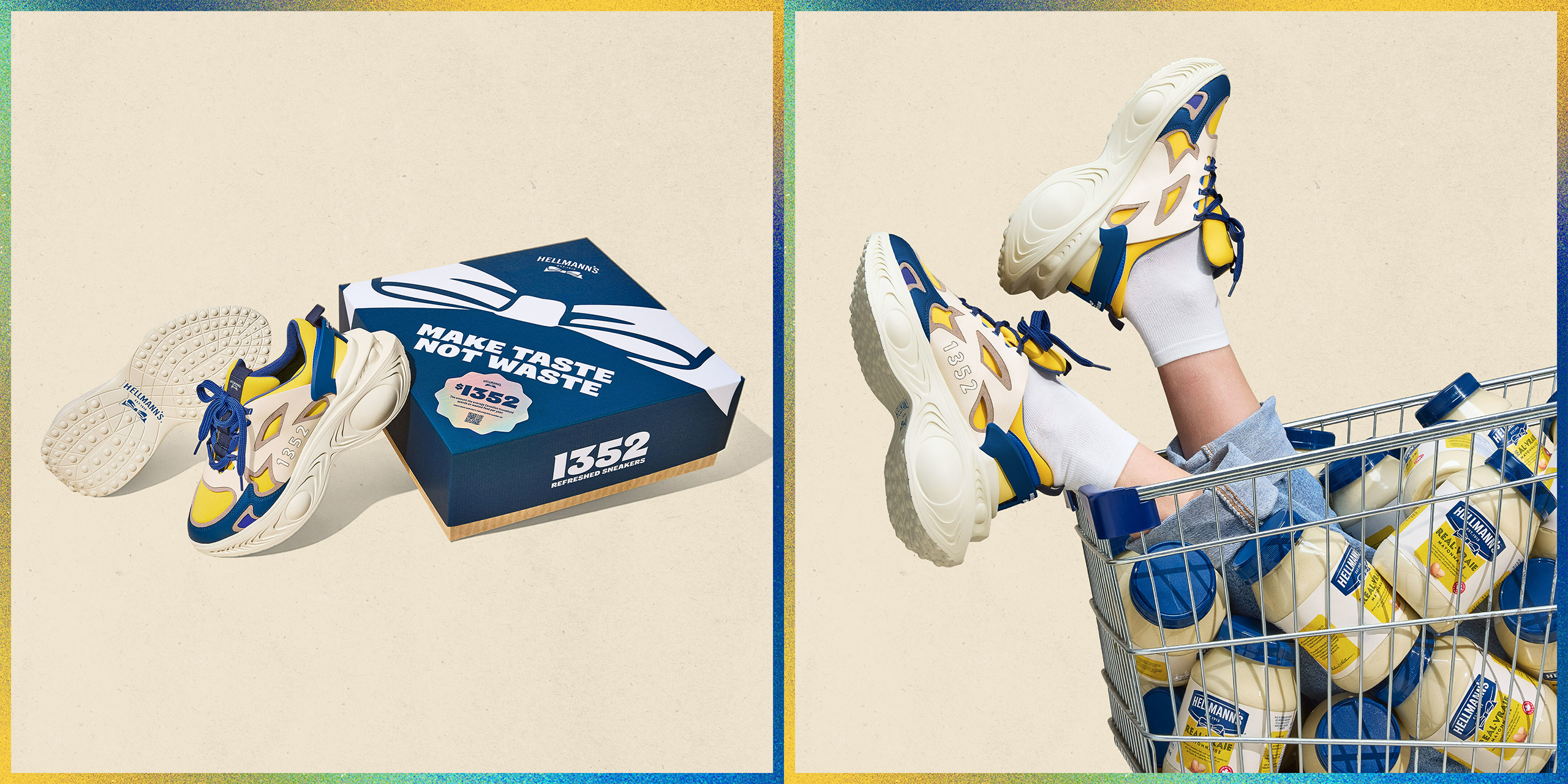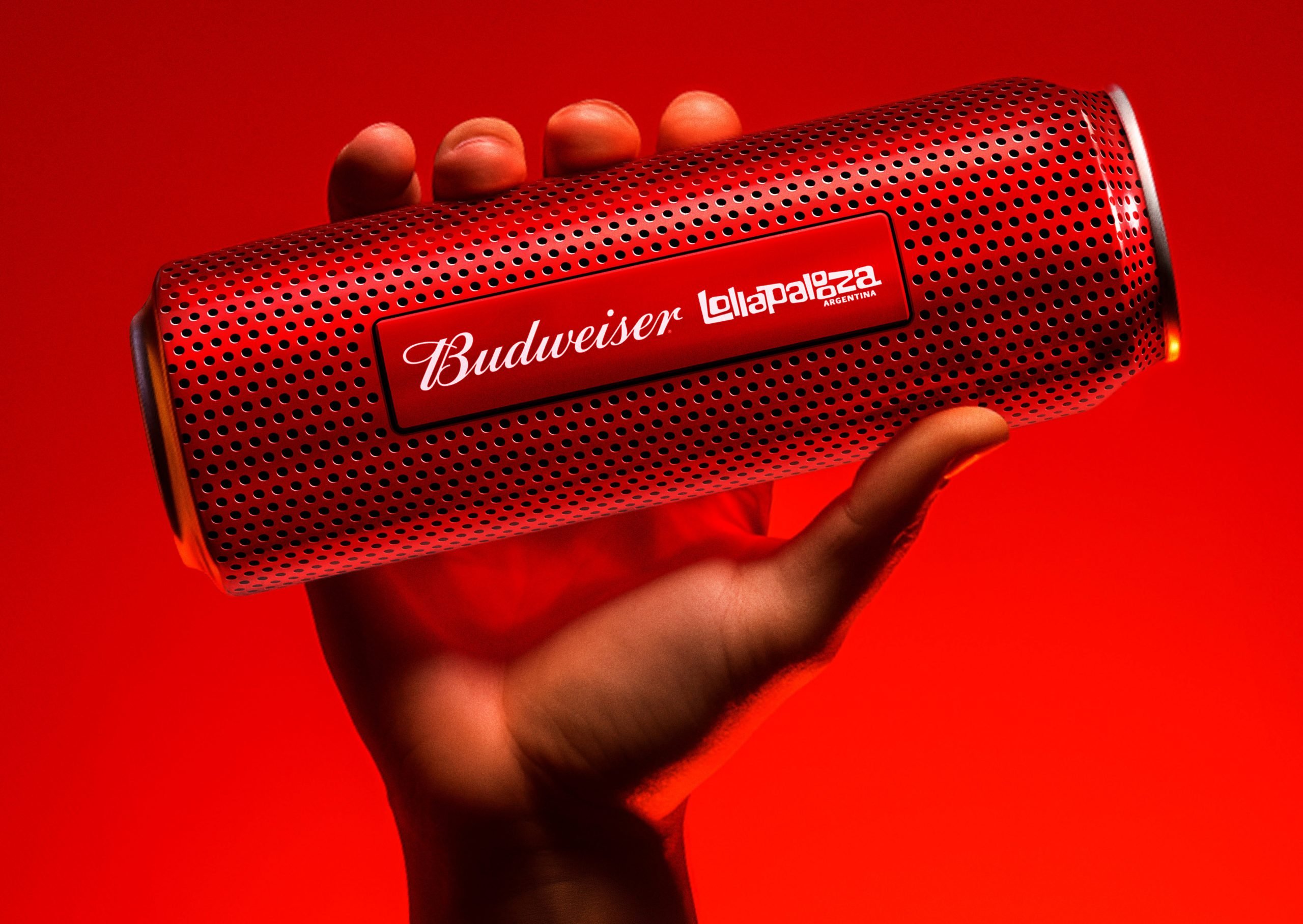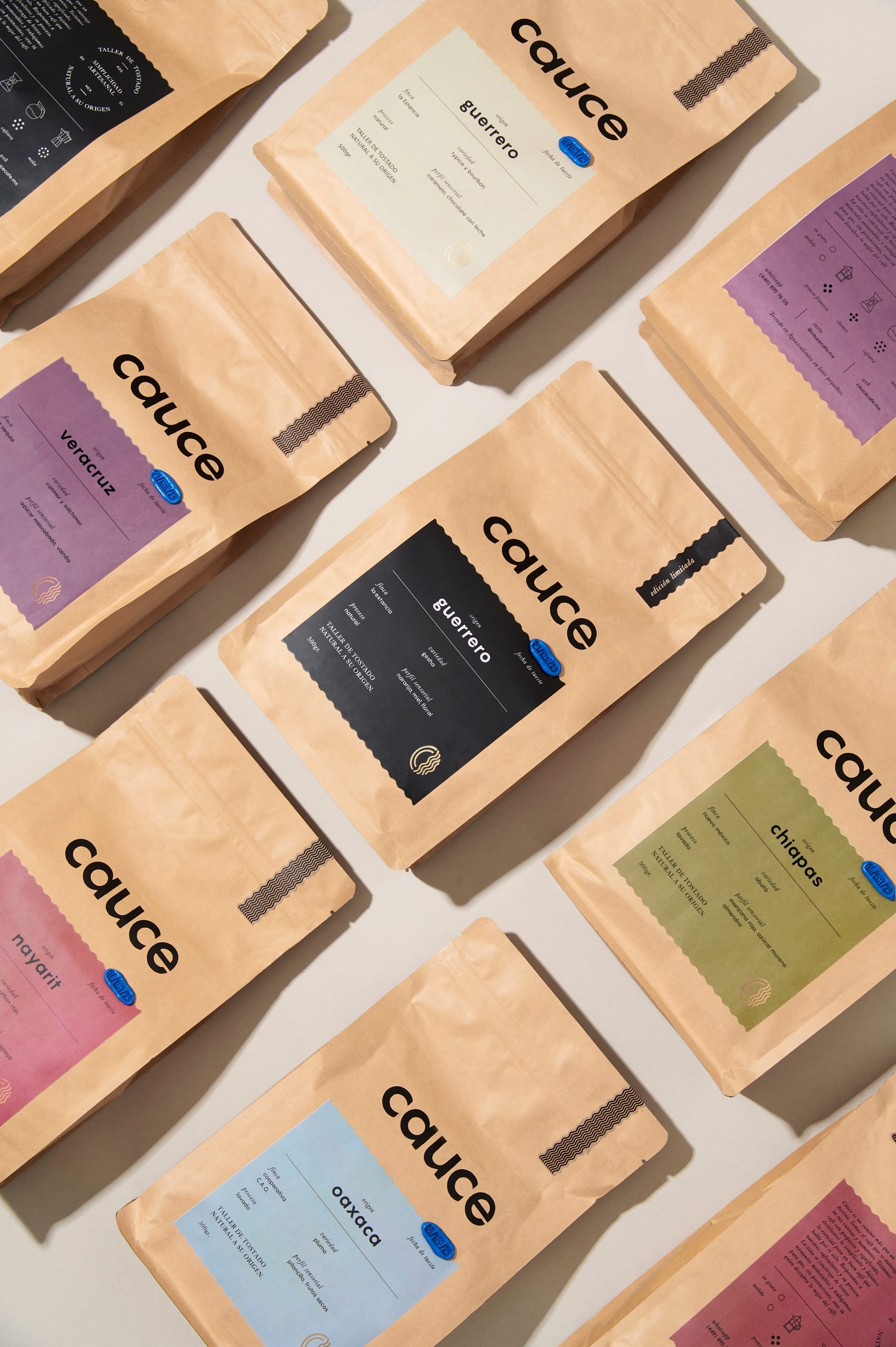Creative Director Dorothy Oge didnât have designers like her to look up to when she was youngerâspecifically designers who looked like her, a Black female.
Despite this lack of representation to admire, sheâs had an immensely successful career, landing jobs at companies like Victoriaâs Secret (during which time they won multiple FiFi Awards) and Avon. And although sheâs worked extensively in the beauty realm, sheâs just as experienced in the worlds of premium liquor, fashion accessories, home decor, and more.
